Fabric embossing is a captivating art form that elevates textiles from plain to extraordinary. With just a few simple tools and a touch of creativity, you can add depth, dimension, and tactile quality to your fabrics, leaving everyone in awe of your crafting skills.
In this comprehensive guide, we’ll discuss how to emboss on fabric step by step. Whether you’re a seasoned crafter or a beginner looking for a new creative outlet, you’ll find valuable insights and techniques to inspire your next project.
We’ll explore the materials you need, from embossing tools to various fabrics, and provide tips on choosing the correct patterns and designs.
You’ll learn how to prepare your fabric, create intricate textures, and experiment with different embossing techniques to achieve stunning results.
So, grab your embossing tools, select your favorite fabrics, and embark on a fabric embossing journey that will transform your textiles into works of art!
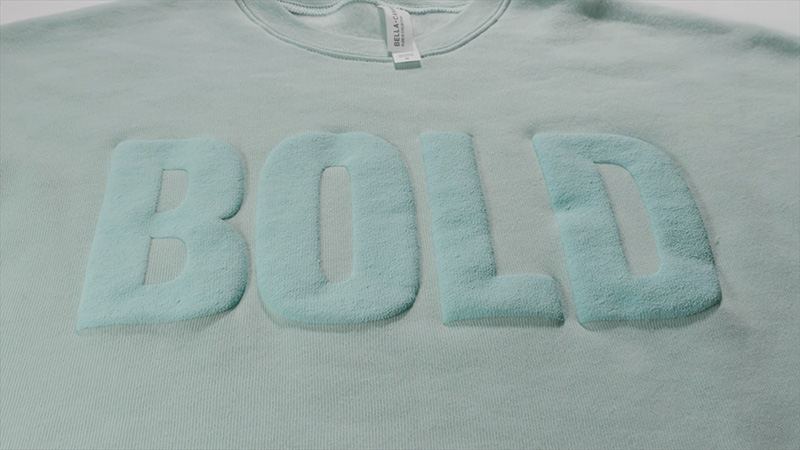
How to Emboss on Fabric?
Embossing on fabric is a captivating and creative technique that allows you to add texture and dimension to your textile projects.
Here, we’ll take you through the step-by-step process of embossing fabric, from gathering the necessary materials to exploring various techniques.
Prepare Your Workspace
Ensure you have a clean and well-lit workspace. Lay your fabric flat on the table, ensuring it’s smooth and wrinkle-free. If you’re using a stencil or template, secure it with tape.
Decide on the design you want to emboss onto the fabric. Whether it’s a floral motif, geometric pattern, or a custom creation, the choice is yours. If you’re new to embossing, start with a simple design to get the hang of the process.
Trace the Design and Set Tools
Use a pencil to trace the chosen design onto your fabric lightly. Be gentle to avoid damaging the fabric’s fibers.
Select the appropriate embossing stylus tip for your design. More extensive tips work well for broad lines, while finer tips are ideal for intricate details. Place the fabric on top of the embossing mat or pad to create a cushioned surface for embossing.
Emboss the Fabric
With your design traced on the fabric, start embossing by gently pressing the stylus tip onto the fabric along the traced lines. Apply even pressure, but be careful not to push too hard, which could damage the fabric.
Begin with light strokes and gradually increase pressure to achieve the desired embossing depth. Remember to follow the traced lines accurately for the best results.
Experiment with Texture
Fabric embossing allows you to create various textures and effects. You can experiment with different stylus tips, embossing patterns, and even layering to add depth and dimension to your design. Don’t hesitate to try out various techniques to achieve your desired look.
Optional: Use a Light Table
A light table can be beneficial if you work on intricate designs or need precise alignment.
Place your design template on the light table, position your fabric, and trace the design with your embossing stylus. The illuminated template will make it easier to see and emboss accurately.
Remove Tracing Lines
Once you’ve completed the embossing, carefully erase any remaining pencil lines from your fabric. Use a gentle touch to avoid damaging the embossed areas.
Depending on your project, you may want to enhance the embossed design further. You can add color with fabric markers, paint, or even embroidery to make your design stand out.
Practice and Experiment
Fabric embossing is an art that improves with practice. Don’t be discouraged if your first attempts are not perfect. Experiment with different designs and techniques to refine your skills and create stunning embossed fabric pieces.
Start with simple designs and gradually progress to more intricate patterns. Practice on scrap fabric before working on your main project.
Tips for Successful Fabric Embossing
Keep your embossing tools clean to prevent unwanted marks on your fabric. Experiment with different fabrics to see how they react to embossing.
Maintain even pressure while embossing for consistent results. Have patience; fabric embossing requires attention to detail and a steady hand.
Materials You’ll Need
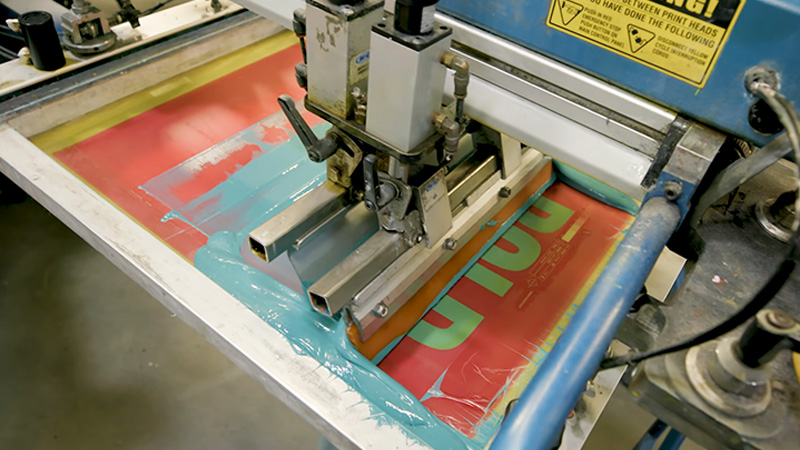
Embossing on fabric is a creative technique that involves raising or debossing a design onto the fabric surface. Here’s a table listing the materials you’ll need for embossing on fabric:
| Material | Description |
| Fabric | The fabric on which you want to emboss a design. |
| Embossing ink or stamp pad | For transferring the design onto the fabric. |
| Embossing powder | To remove the excess embossing powder. |
| Rubber stamp or embossing folder | With the desired design or pattern. |
| Heat embossing tool or heat gun | For melting the embossing powder. |
| Soft brush or cloth | To remove excess embossing powder. |
| Craft tweezers or pick | For holding and positioning small details. |
| Paper or scrap fabric | To catch and reuse excess embossing powder. |
| Teflon sheet or parchment paper | To protect your work surface from heat. |
| Optional accessories | Colored embossing powders for custom designs. |
| Measuring tools (optional) | Ruler or measuring tape for precise placement. |
| Protective gear (optional) | Gloves and safety glasses for handling embossing powder. |
These materials will help you emboss designs onto fabric to add texture and dimension to your creative projects. The embossing process typically involves stamping the fabric with embossing ink, applying embossing powder, and then using heat to set the design. Be sure to follow safety precautions when using heat tools and embossing powders.
What Fabrics Can Be Embossed?
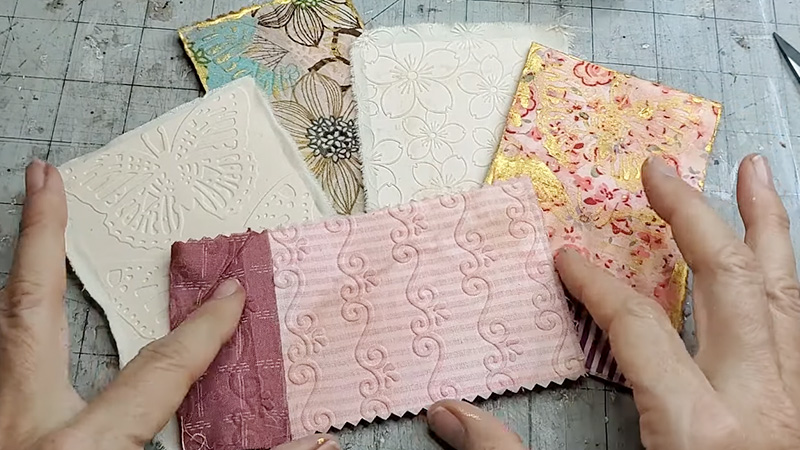
Fabric embossing is a versatile technique, but not all fabrics are equally suitable. The fabric choice can significantly affect the quality and outcome of your embossed design. Here are some fabrics that can be embossed effectively:
Cotton

Cotton is a beloved choice for fabric embossing due to its widespread availability and versatility. Fabrics like cotton twill or muslin are excellent options. They possess a moderate weave for delicate and bold embossed details.
The absorbent nature of cotton also makes it compatible with various embossing mediums, such as ink and paint, allowing for creative customization.
Linen
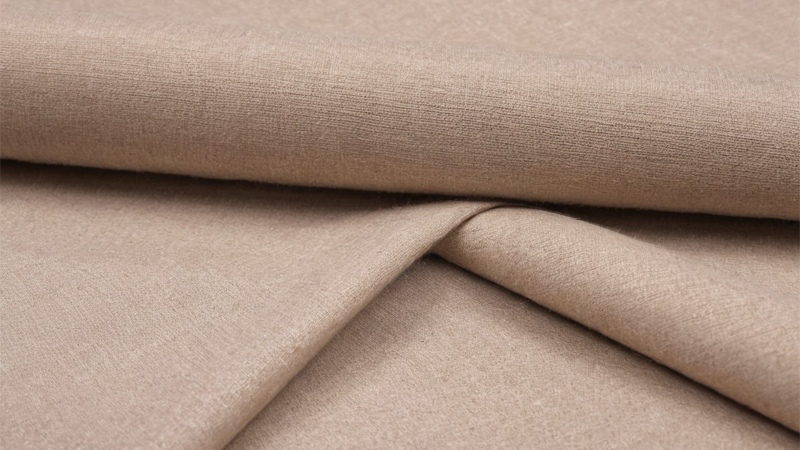
Linen, derived from flax fibers, has a unique, slightly textured surface that adds depth to embossed designs. Its natural elegance makes it a popular choice for home decor projects, adding sophistication to tablecloths and curtains.
Silk
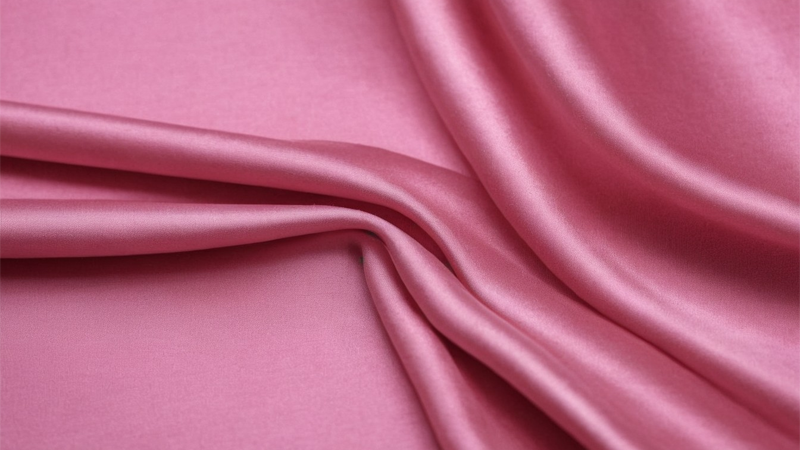
Silk exudes luxury, and when embossed, it creates a smooth, refined texture that’s perfect for high-end fashion and accessories. The sheen of silk enhances the embossed pattern, making it a go-to choice for crafting exquisite garments and silk scarves.
Satin and Velvet
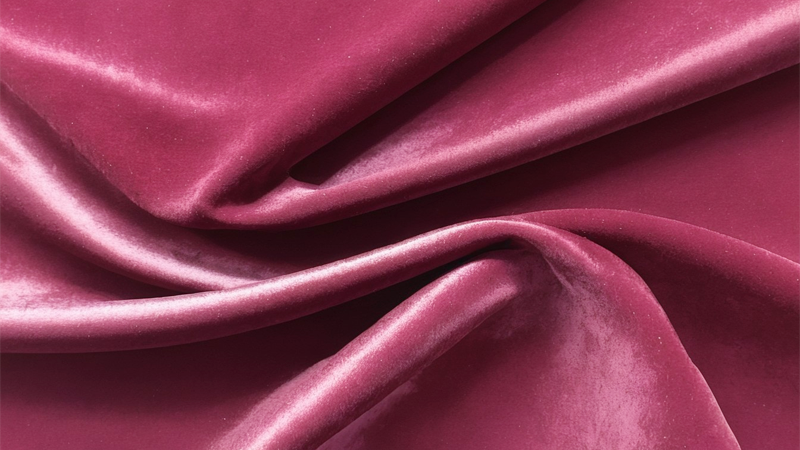
Satin fabrics, with their glossy finish, provide a striking contrast when embossed. They are often used to create elegant, visually appealing designs on wedding gowns, eveningwear, and decorative pillowcases.
Velvet is known for its plush, soft pile, which can be embossed to produce rich and tactile textures. This fabric is favored for upholstery and creating luxurious, textured cushions.
Felt and Synthetic Fabrics
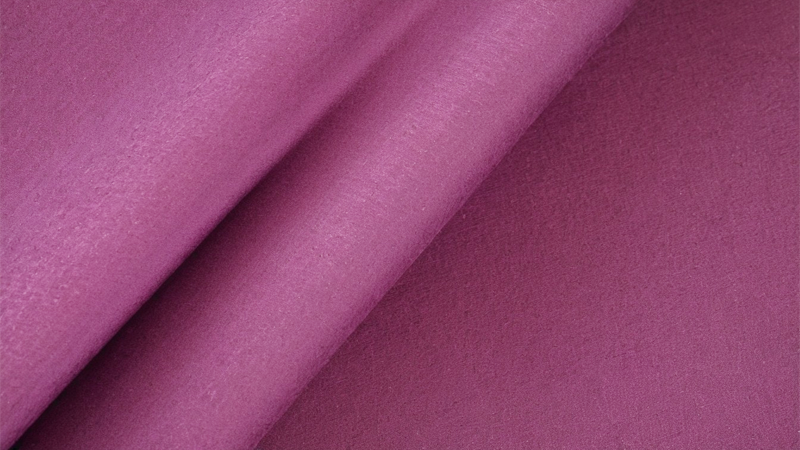
Felt, a dense fabric made from compressed fibers, is an excellent choice for embossing. Its thickness allows for deep and defined textures, making it a favorite for crafting decorative ornaments, brooches, and other embellished items.
Synthetic fabrics like polyester and blends can be embossed but may not retain the embossed pattern as effectively as natural fibers. Nevertheless, they are used for various applications, including adding texture to costumes and theatrical props.
Canvas and Burlap
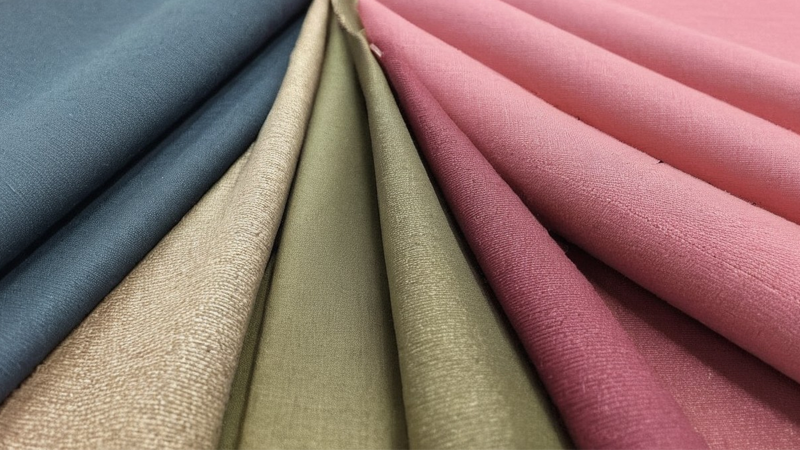
Canvas fabrics, primarily known for their durability, can be embossed to create unique artistic effects. Artists often use embossed canvas to add depth and intrigue to their paintings and mixed-media artworks.
Burlap, with its coarse and rustic appearance, adds a natural, textured look to embossed designs. It’s a favorite for rustic-themed decor items like table runners, gift bags, and wall hangings.
When selecting a fabric for embossing, consider both your project’s aesthetic and practical aspects.
The choice of fabric can significantly influence the final result, from the tactile qualities of the embossed texture to how it interacts with additional embellishments like color and embroidery.
Ultimately, the versatility of fabric embossing allows you to explore and experiment with a wide range of fabrics, each offering unique possibilities for your creative endeavors.
FAQs
Can I emboss on dark-colored fabrics?
Yes, you can emboss on dark-colored fabrics, but the embossed design may not be as visible as it would be on lighter fabrics. Consider using metallic or contrasting-colored embossing mediums like metallic foils or embossing powders to enhance visibility.
Can I emboss on stretchy fabrics like jersey or spandex?
Embossing on stretchy fabrics can be challenging due to their elasticity. It’s possible, but you’ll need to stabilize the fabric using a backing material like a stabilizer or interfacing to prevent distortion during embossing.
What’s the difference between dry embossing and heat embossing on fabric?
Dry embossing involves using embossing tools to create a texture on fabric without the use of heat. Heat embossing, on the other hand, involves applying heat to embossing powder to create a raised, glossy design.
Can I wash fabric that has been embossed?
Most embossed fabrics can be gently hand-washed or machine-washed on a delicate cycle with cold water. However, following the care instructions for the specific fabric type and any additional embellishments (such as paint or ink) used in the embossing process is essential.
What is the best way to fix mistakes when fabric embossing?
Mistakes in fabric embossing can often be corrected by carefully ironing the fabric to flatten the embossed area and then re-embossing the design correctly. Alternatively, you can cover small mistakes with additional embellishments to camouflage them creatively.
Conclusion
Fabric embossing is a versatile and rewarding craft that allows you to infuse your textiles with character and individuality. This guide shares the essential steps and techniques to help you master this art form.
Remember that practice makes perfect, and don’t be afraid to experiment with different patterns, fabrics, and embossing tools to achieve your desired texture and design.
Whether you’re creating personalized clothing, home decor, or unique gifts, fabric embossing can be a fulfilling and impressive skill to have in your crafting repertoire.
As you refine your embossing skills, you’ll discover endless possibilities for adding depth and personality to your fabric creations.
So, unleash your creativity, embrace the tactile beauty of embossed fabric, and watch your projects come to life with a touch of elegance and style.
Leave a Reply